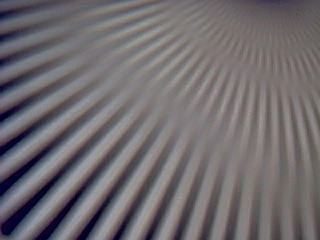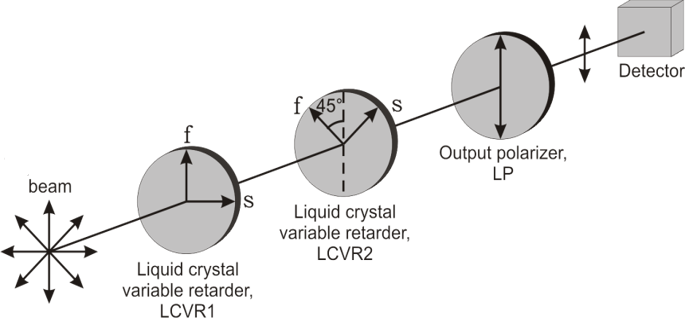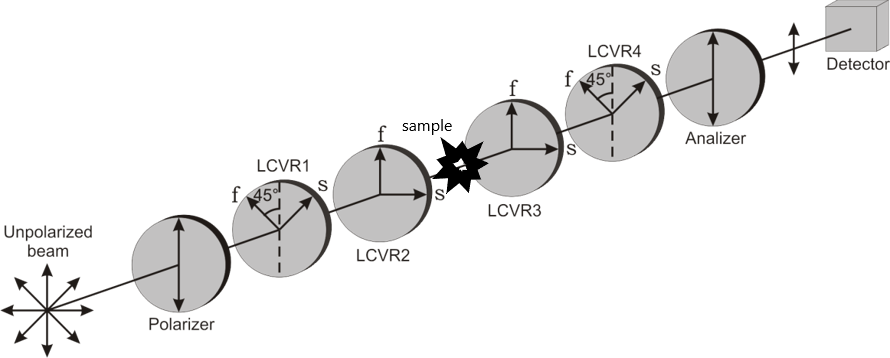
| Main Page |
|
Capacitance |
|
Polarization | Cursos |
 |
Neil C. Bruce | |||||
|
Polarization
Measurements of the polarization of light
can give more information on a light beam or on a process, such as
scattering or reflection in biological, chemical or remote sensing
applications. A device which measures polarization is called a
polarimeter.
The state of polarization of a beam is described by the 4-element Stokes vector of the beam. The change of polarization of a beam when it interacts with an object or component is described by the 4x4 Mueller matrix. We have been using liquid-crystal variable retarders (LCVRs) to build polarimeters to measure the Stokes vector or the Mueller matrix. The LCVRs have certain advantages: voltage dependent retardance, no need for rotation of components, light weight, small voltages and small device size. However, they are also sensitive to variations in ambient temperature and variations in applied voltages.
Our Stokes polarimeter is built with two LCVRs with their axes at 45°, and a linear polarizer, as shown in the figure below.

Stokes polarimeter
The
development of this Stokes polarimeter is presented here.
A Mueller polarimeter is a
Stokes polarimeter to detect the polarization of a beam, and an
inverted Stokes polarimeter to generate known polarization states. In
the figure below, the sample goes between LCVR2 and LCVR3.

Our
work with Mueller polarimeters is presented here.
| ICAT |